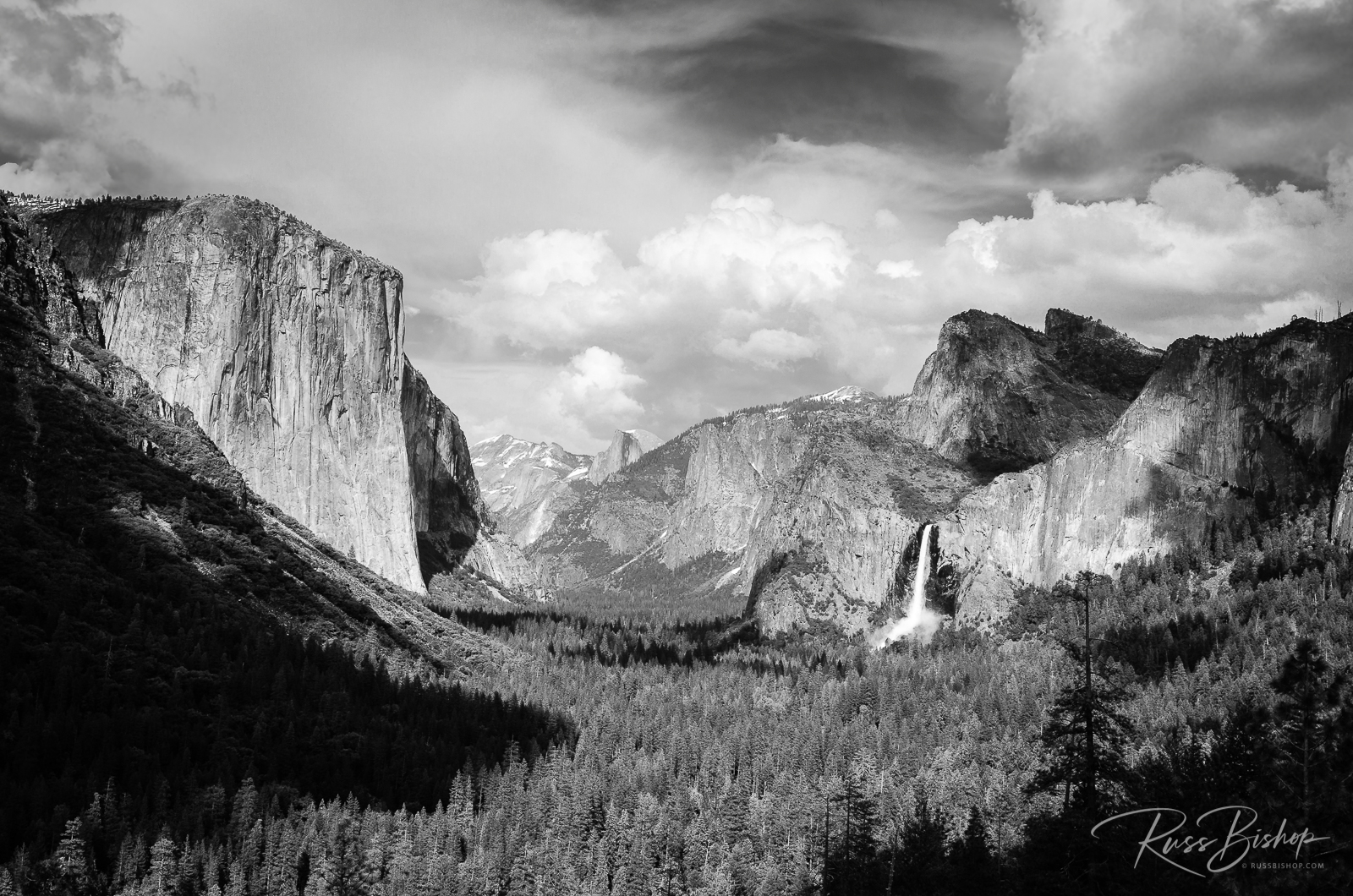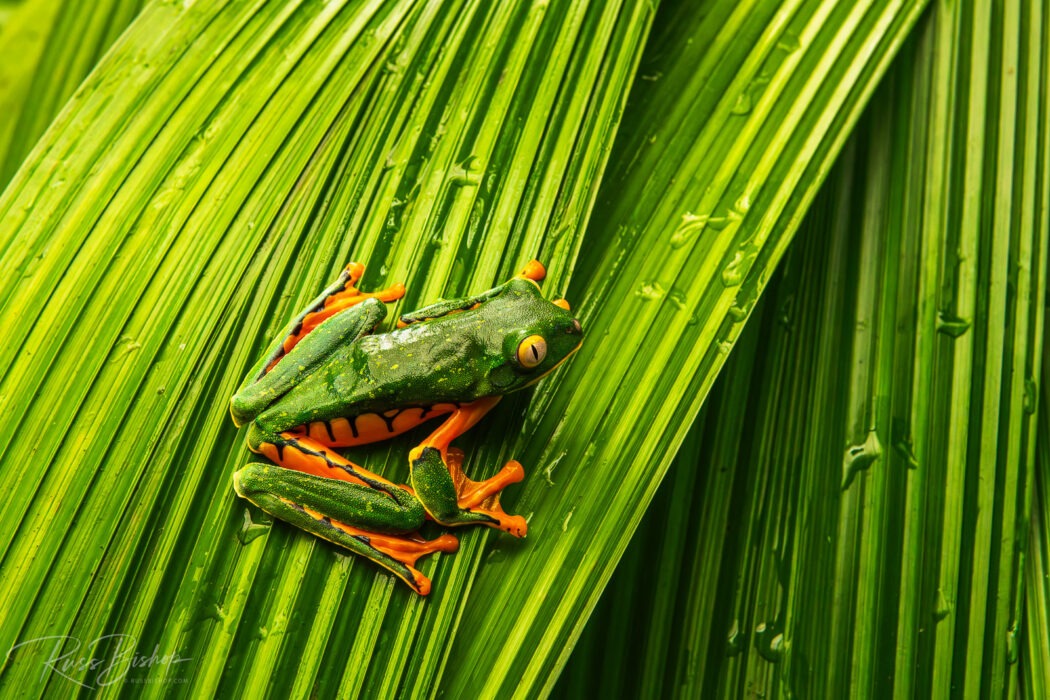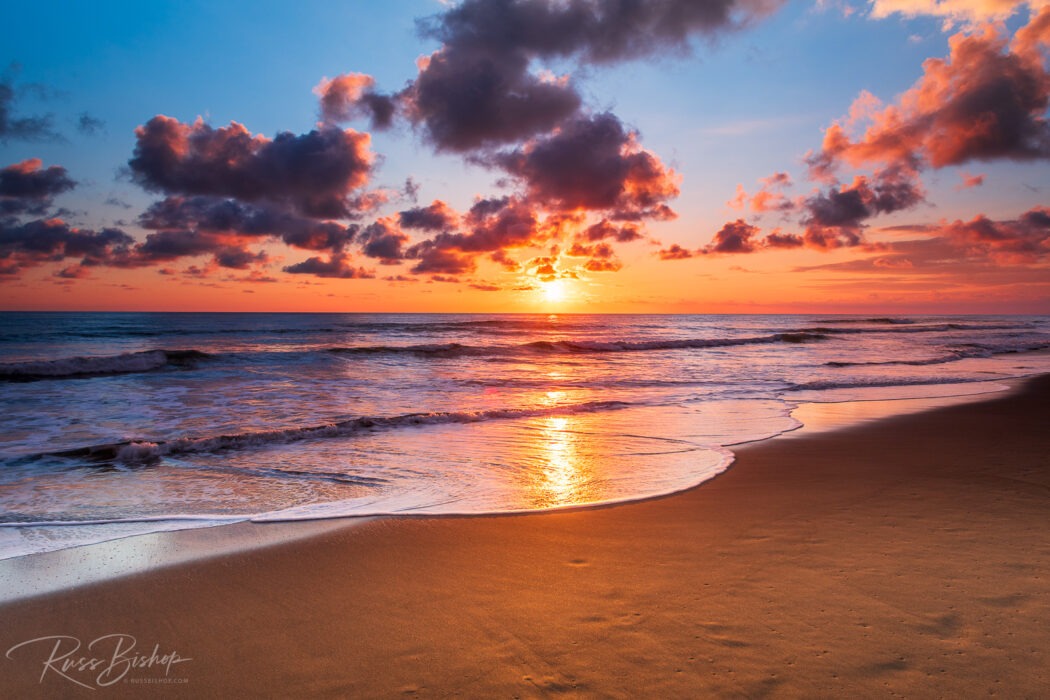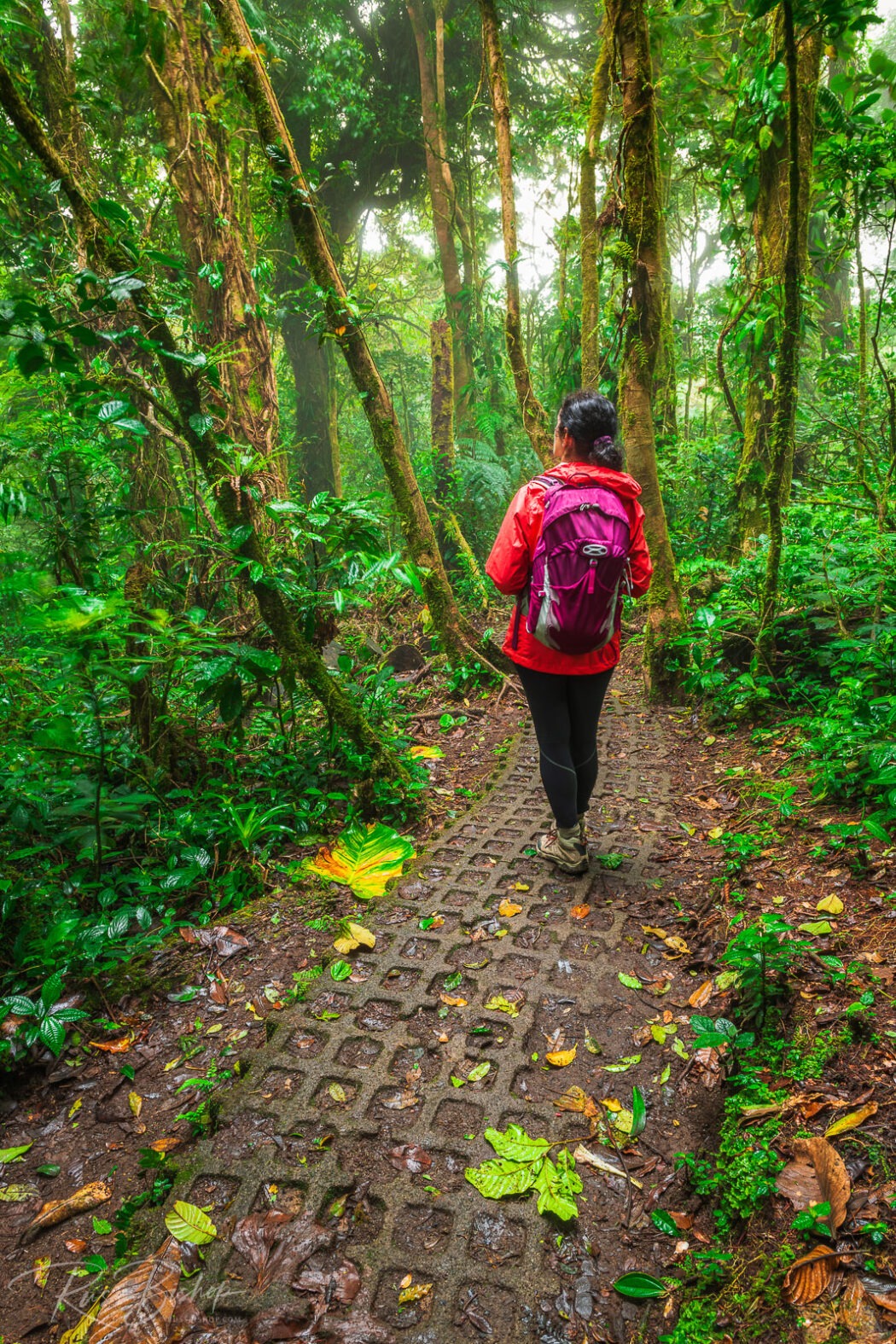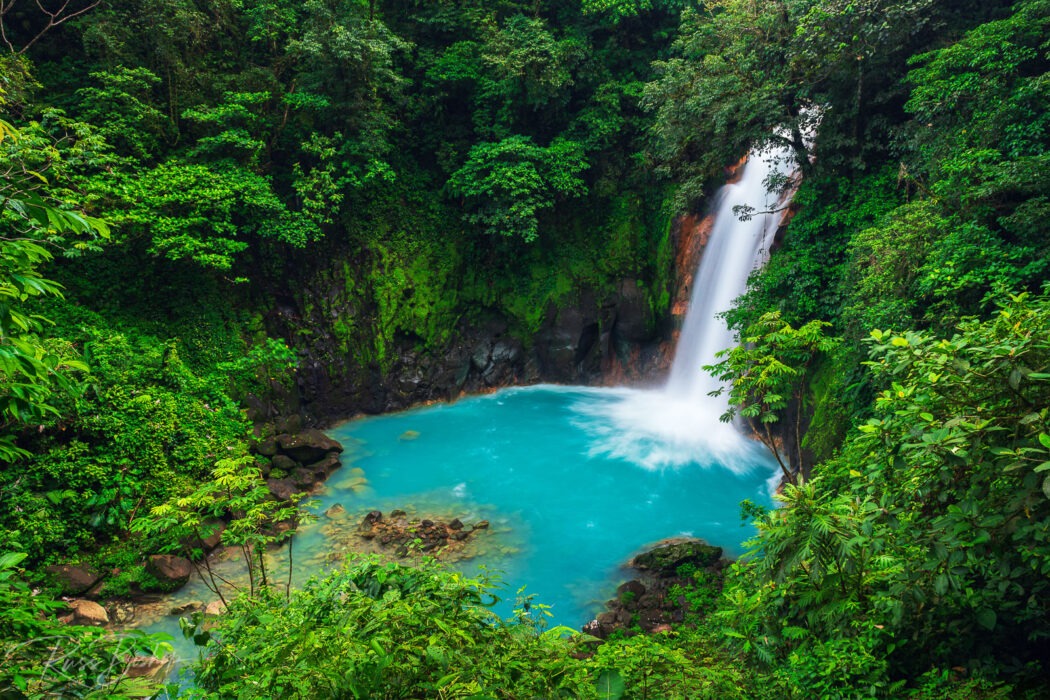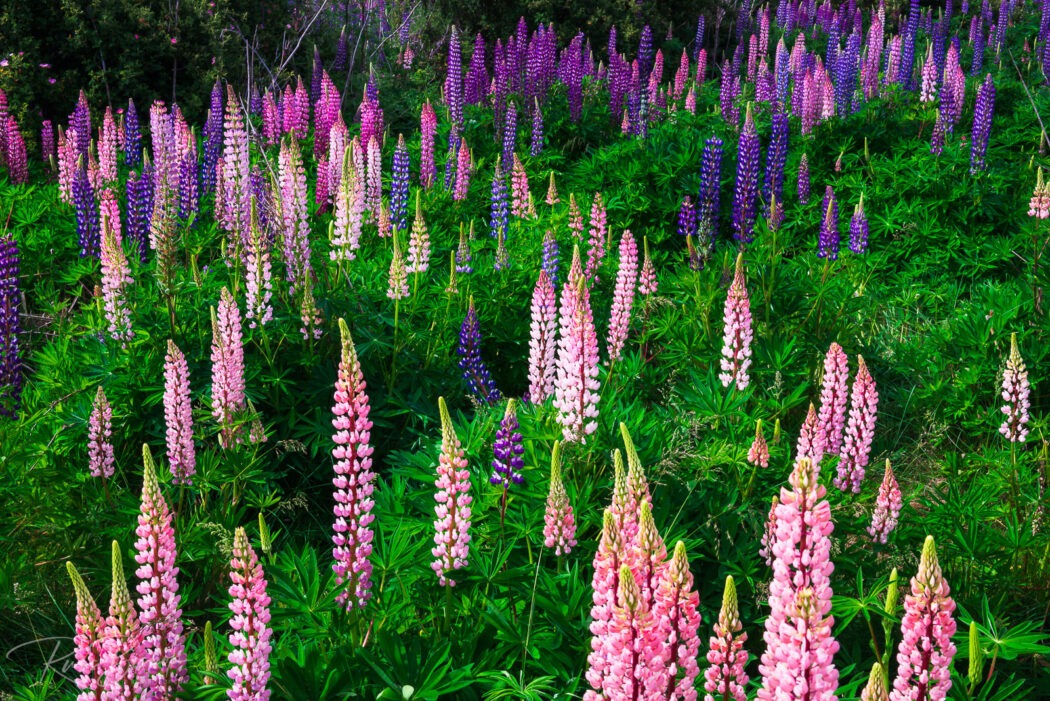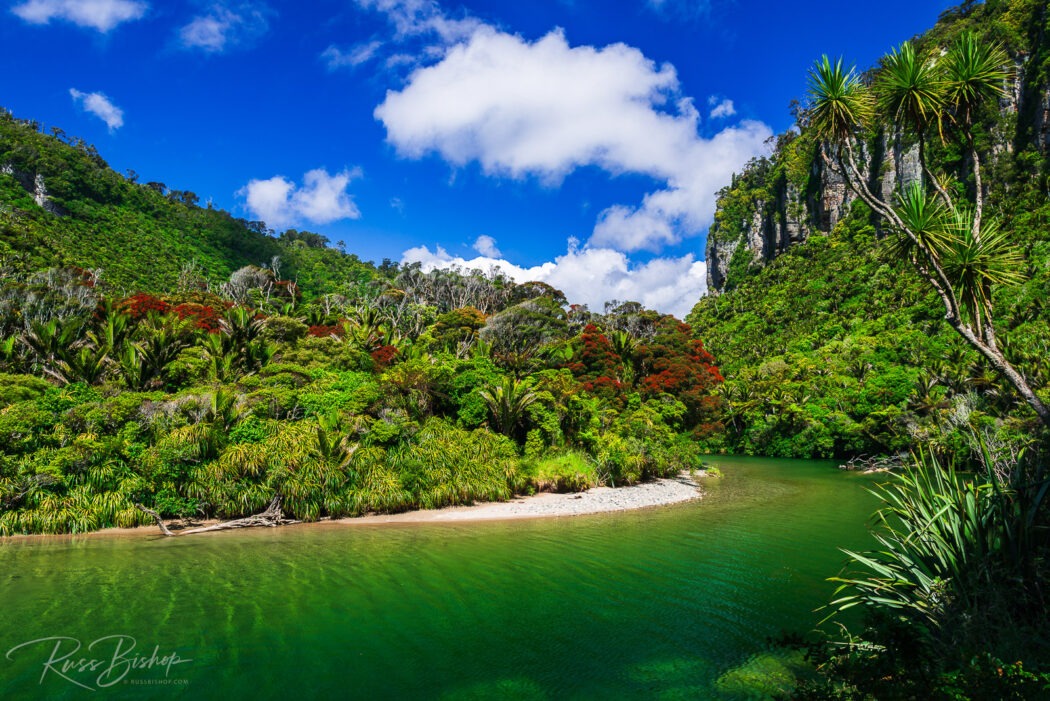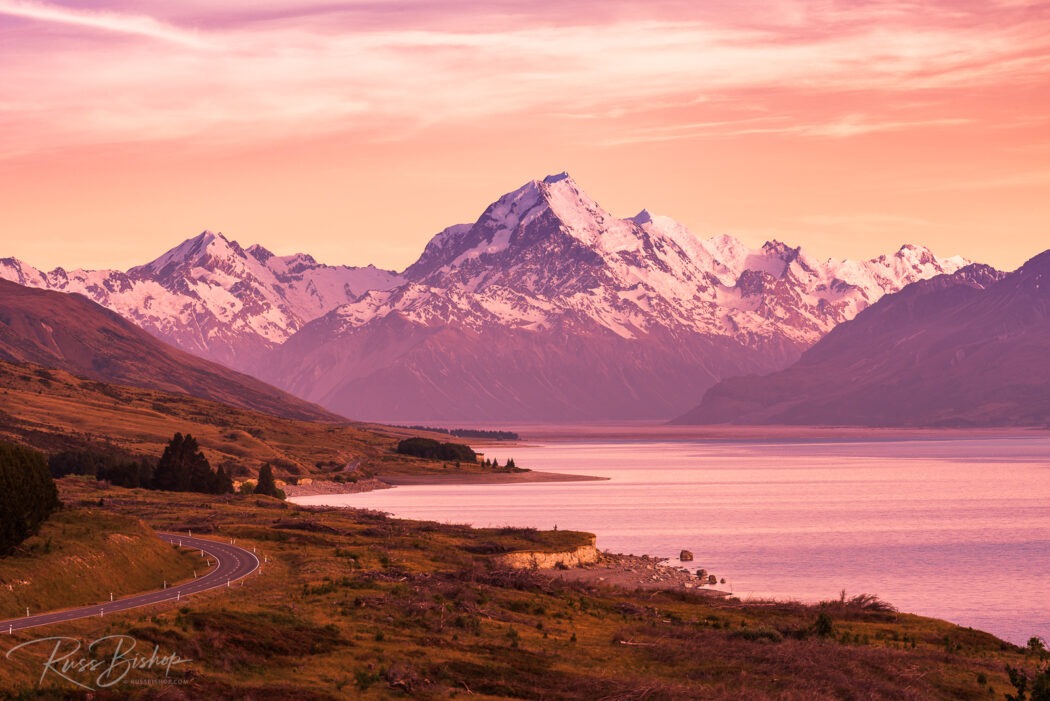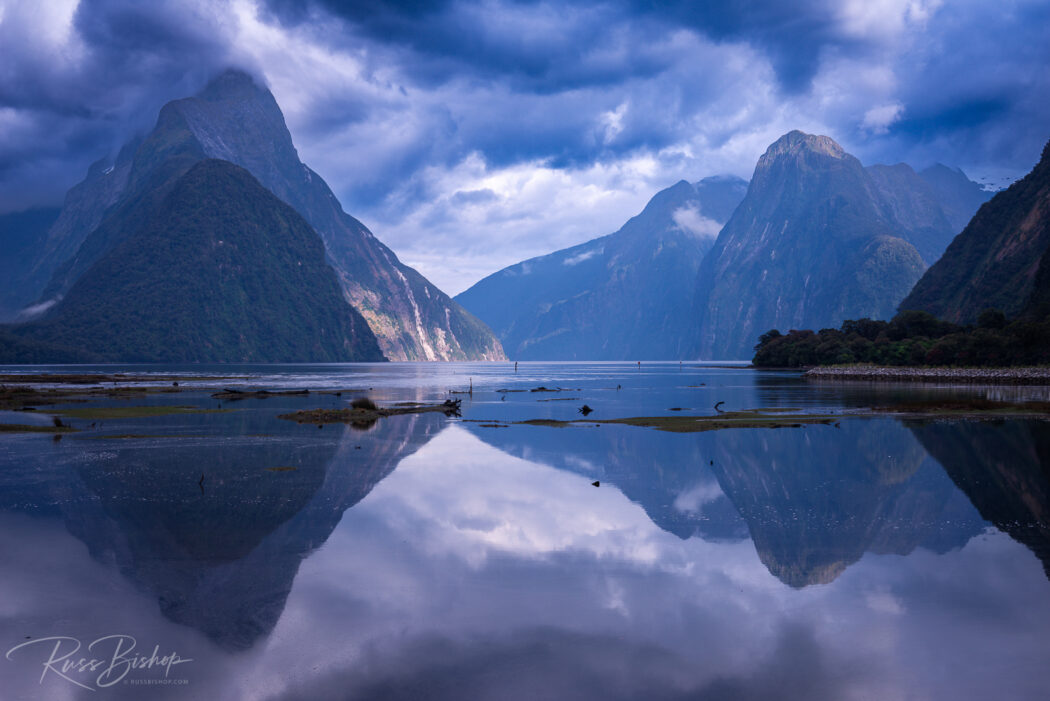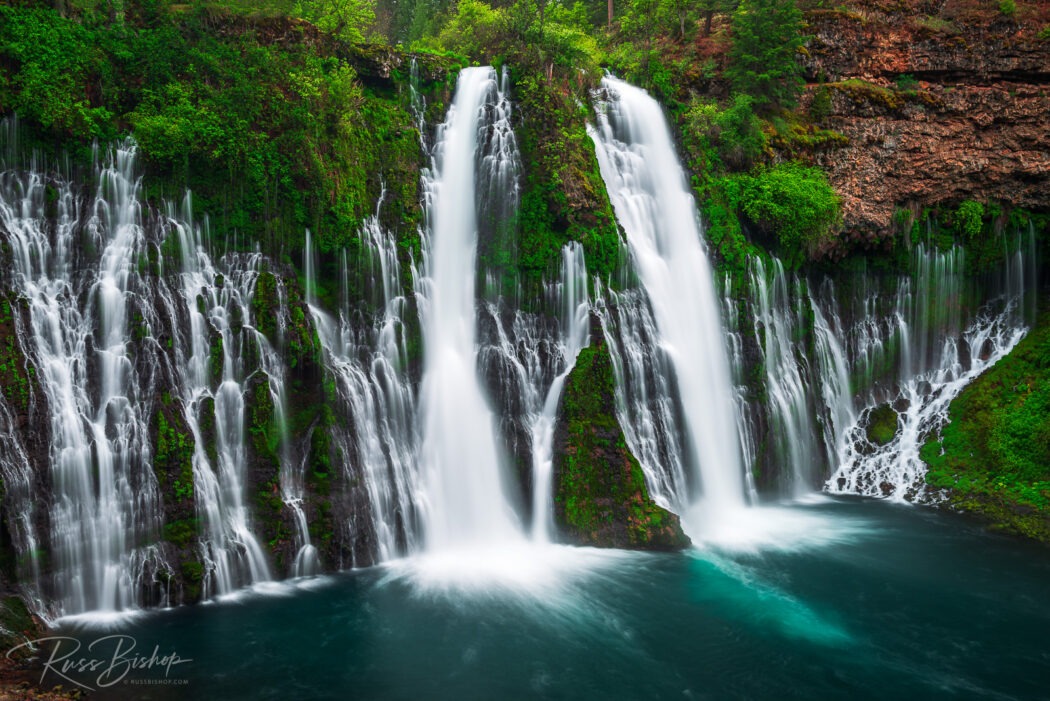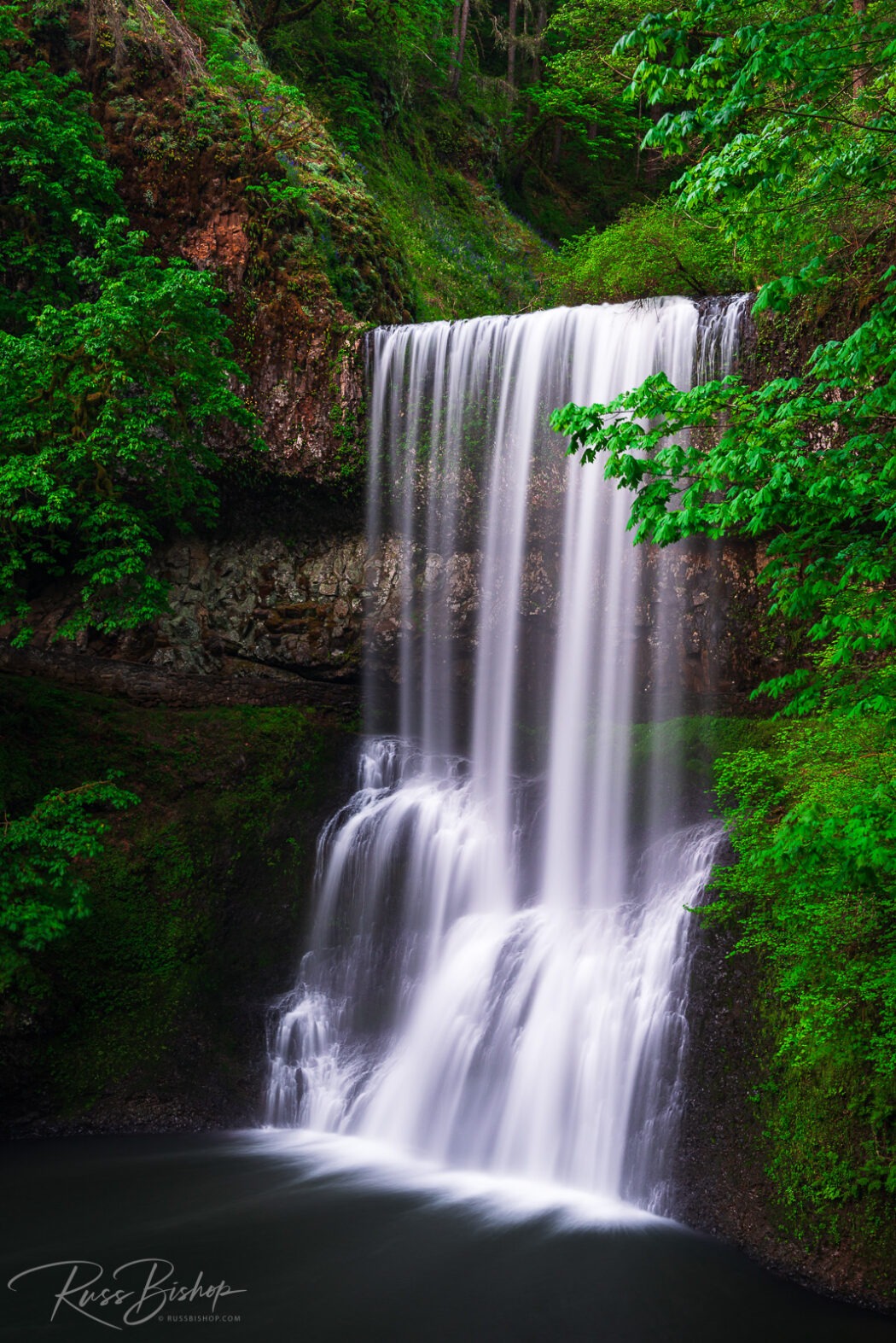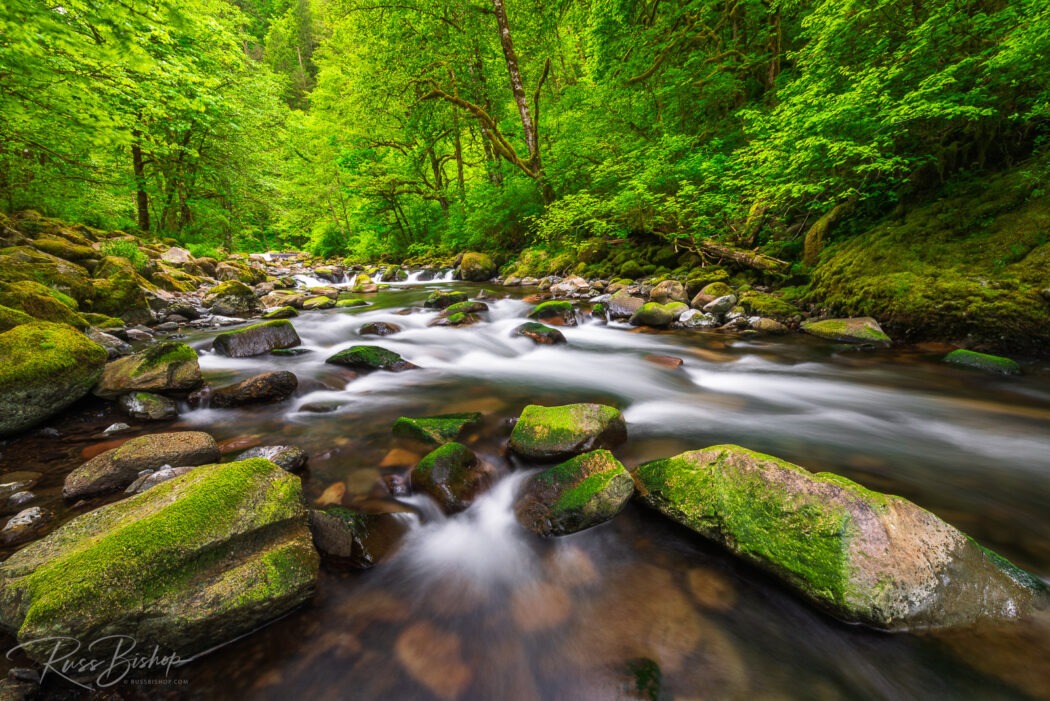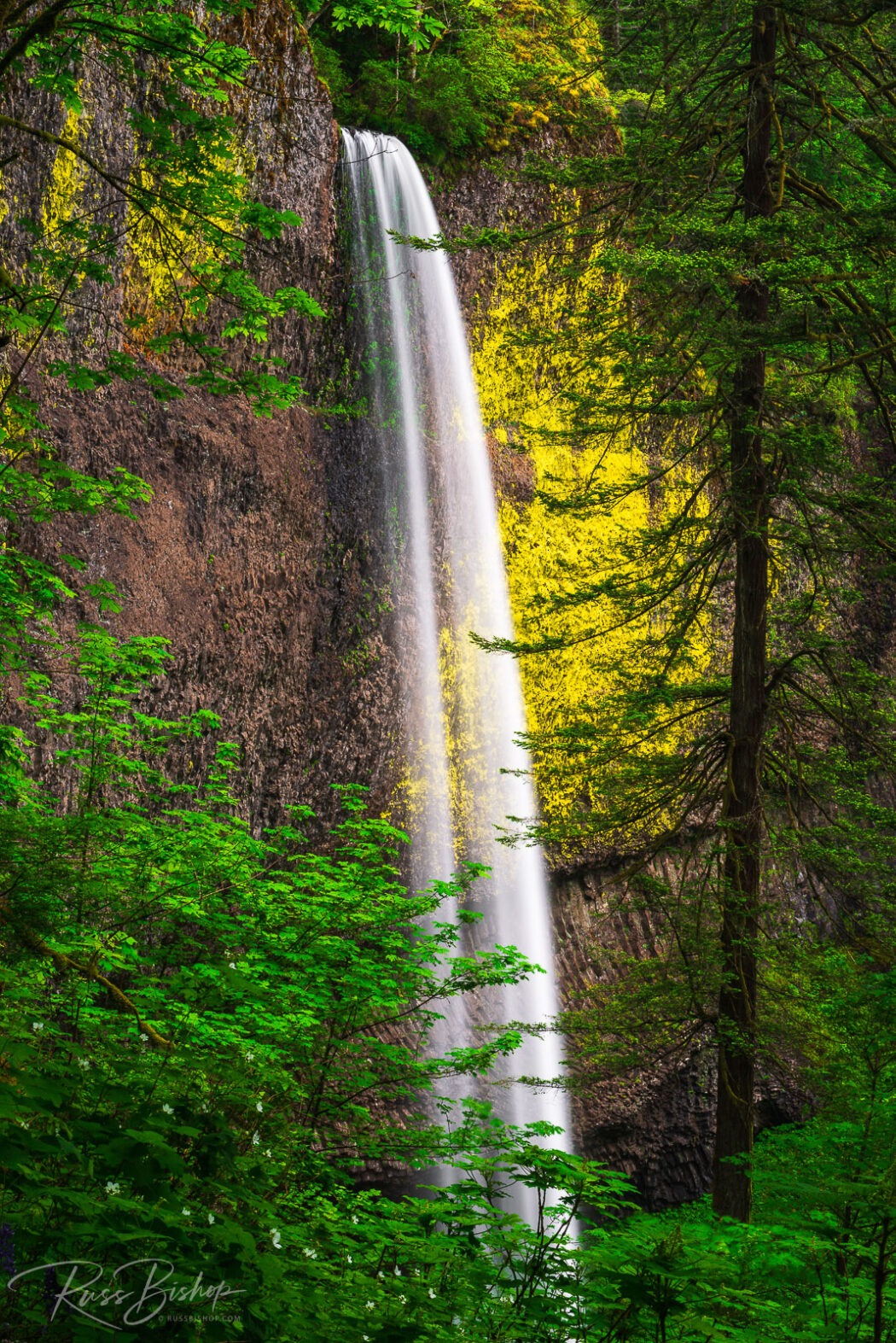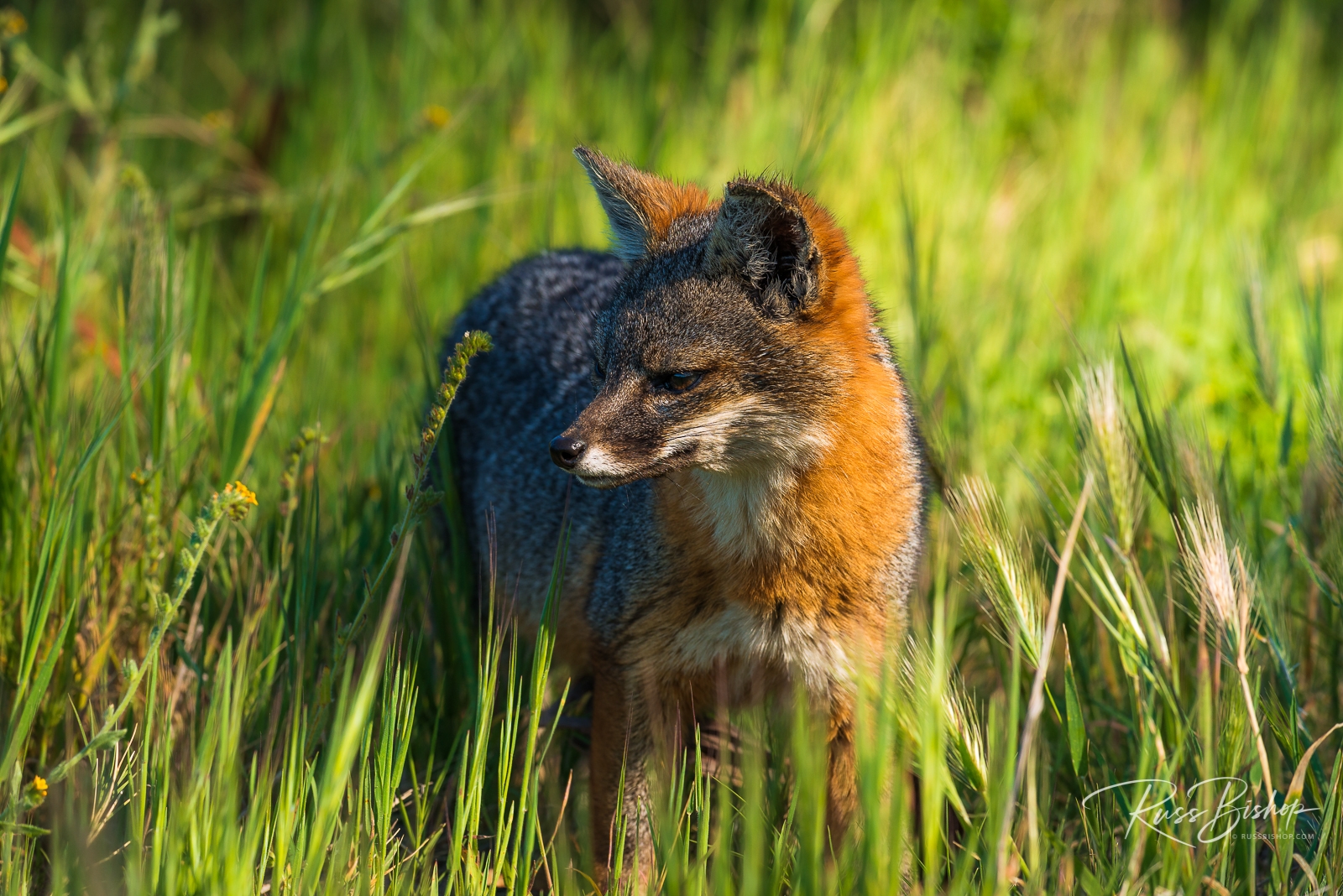
American Galapagos – Channel Islands National Park
The Channel Islands of California are a chain of eight islands located off the coast of Southern California in the Santa Barbara Channel. Five of the islands (San Miguel, Santa Rosa, Santa Cruz, Anacapa, and Santa Barbara) were designated Channel Islands National Park on March 5, 1980 as our 40th national park, and are co-managed by the National Park Service and the Nature Conservancy.
Often referred to as America’s Galapagos, the Channel Islands are home to over 2,000 plant and animal species and 145 of those are found nowhere else on earth! The island fox (shown here) is one example – a dwarf fox native to six of the eight Islands. Due to their geographic isolation these curious creatures have no immunity to disease brought in from the mainland, and as a result their population dwindled to near extinction in the 1990s. Fortunately they were federally protected as an endangered species in 2004, and efforts to rebuild fox populations and restore their ecosystems have been quite successful.
The archeological and cultural resources on the Channel Islands span a period of more than 12,000 years of human habitation. The Chumash Indians lived off the sea for thousands of years followed by Spanish and American cattle ranches that thrived in the nineteenth century. Over the years, archaeologists have unearthed an amazing timeline dating back to the Pleistocene, including the world’s most complete pygmy mammoth specimen discovered on Santa Rosa Island in 1994.
The Islands are also part of one of the richest marine biospheres of the world. The Channel Islands National Marine Sanctuary protects the surrounding waters six nautical miles off Anacapa, Santa Cruz, San Miguel, Santa Rosa, and Santa Barbara islands, where a whole new world invites exploration above and below the surface.
©Russ Bishop/All Rights Reserved

